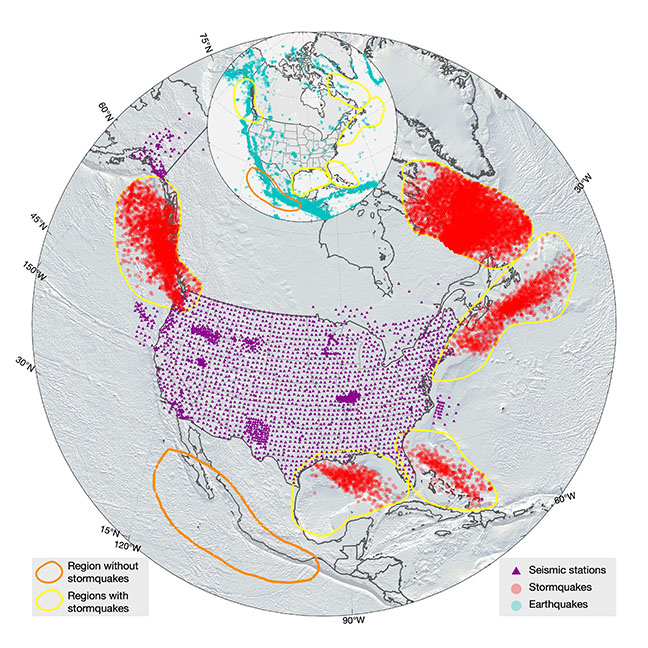One of the biggest challenges for earthquake early warning systems (EEW) is the lack of seismic stations located offshore of heavily populated coastlines, where some of the world’s most seismically active regions are located.
Tag: Seafloor
FAU Lands $736,000 from NASA to Study the Coastal Carbon Budget from Space
If successful, this research in the Gulf of Mexico’s hypoxia region off the coasts of Texas and Louisiana may demonstrate not just the ability, but also the utility, of remote sensing as an observational technique for characterizing potentially critical but often neglected carbon cycle processes related to marine sediments. Researchers will use satellite images, hydrodynamic modeling and field work in seeking a better understanding of the ocean’s role in the Earth system.

Microbes far beneath the seafloor rely on recycling to survive
Scientists from Woods Hole Oceanographic Institution reveal how microorganisms could survive in rocks nestled thousands of feet beneath the ocean floor in the lower oceanic crust.

Stormquakes: Powerful Storms Cause Seafloor Tremors
Stormquakes are a recently discovered phenomenon characterized by seismic activity originating at the ocean floor due to powerful storms. Heavy storms, like hurricanes or nor’easters, can create seismic waves as large as magnitude 3.5 quakes. These tremors caused by the effects of storms on the seafloor are what researchers call stormquakes. Catherine de Groot-Hedlin, who was part of the group that first observed stormquakes, will discuss their properties and meteorological significance at the 178th ASA Meeting.